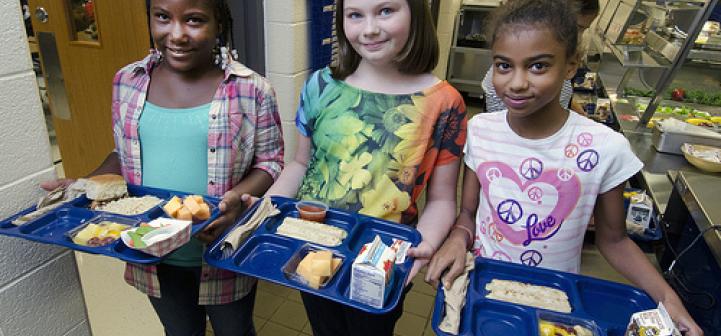
Many school lunch programs operate year round to serve students enrolled in summer school programs and to ensure that students in the community do not have to go without healthy meals. Summer meal programs are not generally as structured as …

Many school lunch programs operate year round to serve students enrolled in summer school programs and to ensure that students in the community do not have to go without healthy meals. Summer meal programs are not generally as structured as …

This is the second part of our two-part series about purveying local foods for your school. Here is the link to Part One: Food Safety Considerations when Procuring Local Foods for Your Cafeteria.
Currently, there is increasing interest from …

In 2016, the Commonwealth of Virginia, with the Department of Education (DOE) serving as lead agency, received an $8.8 million United States Department of Agriculture (USDA) Child Hunger Demonstration grant, the largest in the nation. The purpose of this grant …
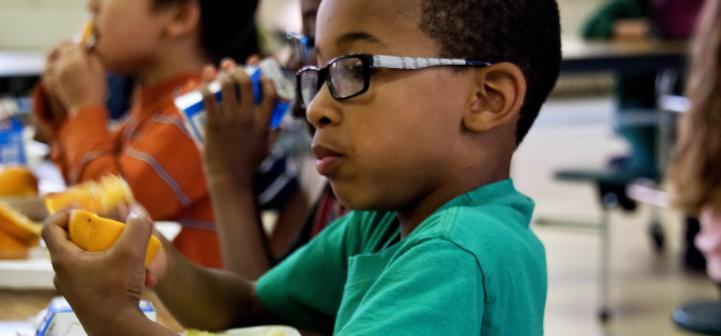
Despite some negative press surrounding the new nutrition standards in school meal programs, many schools have seen a positive impact on plate waste and student consumption of healthful foods. Many changes to school meals were implemented in 2012 following the …

The National School Lunch Program is a federally assisted meal program operating in over 100,000 public and nonprofit schools and residential child care institutions. It provides low cost or free lunches to more than 31 million children each school day. …

Grant writing can feel intimidating if you have never done it before. However, by following a few quick tips and getting a little hands on practice, you will get the hang of it in no time. What is a grant …
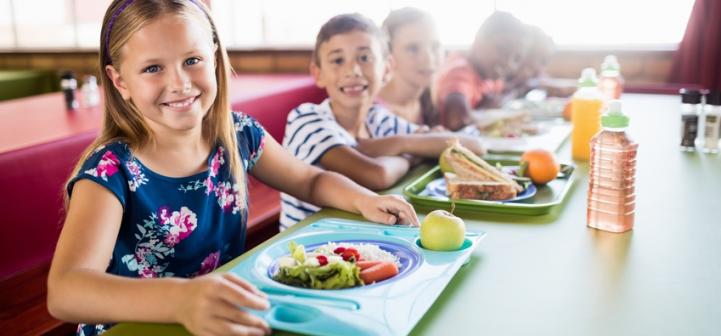
Historically, school food has gotten a bad rap for being unappetizing and even having poor nutritional value. If you haven’t been in a school cafeteria recently though, you may be surprised…

School lunch has always been designed to provide school children with a healthy midday meal, but what exactly is a “nutritious school lunch” and how has it evolved over the years? This article explores the school meals of yesterday and …
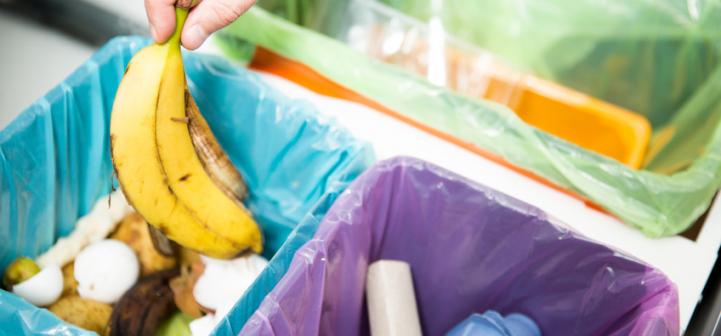
The USDA has recently released a guide called What You Can Do to Prevent Wasted Food to enforce food waste prevention, specifically in schools. The guide reminds us that in the U.S, “food loss and waste is about 30% of …
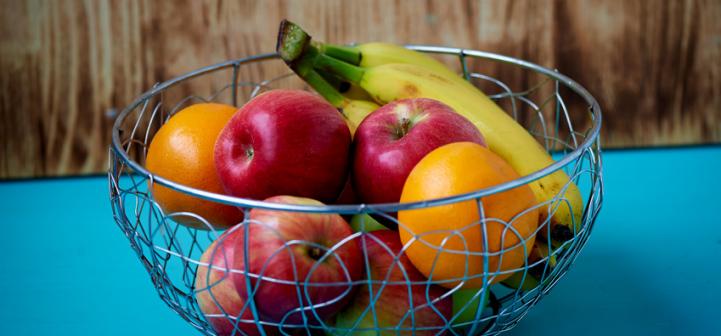
The Smarter Lunchrooms Movement champions several research based behavioral interventions in school cafeterias. The two most widely used interventions are naming the vegetables and moving the fruit. Notably, these interventions are claimed to be cost effective ways for encouraging children …